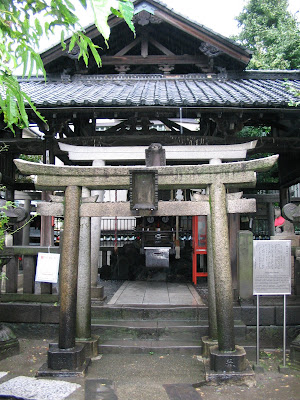Taking the Train - Stereotypes of Japan
To date I have taken nine intercity trains in Japan (excluding the many commuter trains in Tokyo). Here are a few things that have struck me, although they don’t surprise me given all I had heard and read over the years. I guess they just prove the facts and further show how engrained respect for people and property is in this beautiful country. 1) The Shinkansen that I rode on from Tokyo to Nagoya pulled in from some other part of Japan at my platform about 15 minutes before the scheduled 12:33 departure - although right on time for its arrival from wherever it was arriving from. It emptied itself of its passengers and the ladies clad in pink took over. They boarded, closed the doors of the cars and got to work. We were lined up outside and watched the show through the windows. Here is what they accomplished in 15 minutes in a train that was 12 cars long. -turned all the chairs around to face in the other direction (our train was going to head back the way it came) -removed th...





